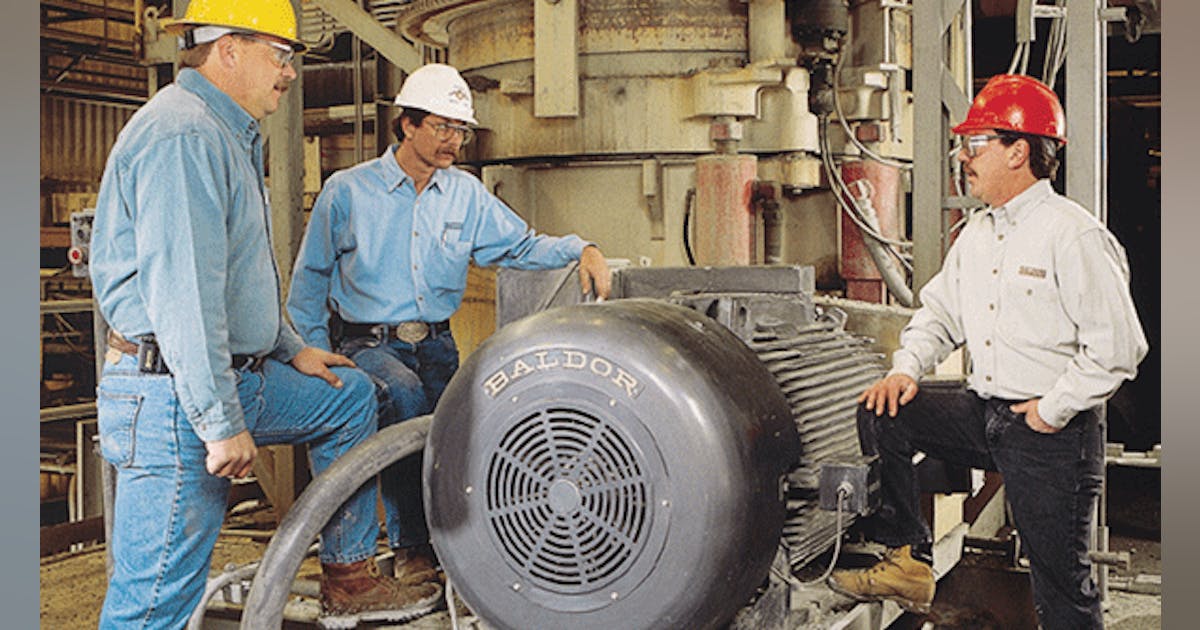I'm very interested in Audi's electric supercharger mounted in Audi SQ7 with 4.0 TDI engine. They are quite cheap for used one and can be bought for around 600-1400 PLN ($150-$350) in Poland or about double that new one. It's produced by Valeo and it runs on 48V system, I think that part number is 057145601F.
Audi promo video:
Engineering explained video about audi's system:
Disassembly video (in polish):
I don't think it's as powerful as Alex's electric compressor but it's quite compact solution with builtin controller and water cooling. If worked out it could probably be used with much success on smaller displacement engines up to 2.0 liters petrol engines.
The only downside at the moment is that I don't know anybody that could figure out how to make it work outside Audi SQ7. Control might be running on encrypted CAN line or even something weirder. I think as best case scenario would be to take out original PCB and rig in some other controller. The problem is that construction is based on reluctance motor for which controllers are not cheap and readily available.
Out of other interesting information is that there was recall for software update because in some cases compressor could pull too much current and burn out: https://www.motor-talk.de/forum/softwareupdate-sq7-t6581274.html
Some (might be true or not) information that could be found on internet:
- spins at up to 70,000 rpm to supply boost so quickly that the lag endemic to turbochargers is largely negated
- a 48-volt system provides the 10 horsepower needed to run the compressor
- The EPC’s response time is less than 250 milliseconds, peak output is 7 kW and its maximum speed is 70,000 rpm. The electric turbocharger’s boost function extends all the way to an engine speed of 1,650 rpm.
- 7kW / 48V ~= 150A
On some sell offers there is information that product was checked before posting. I think there might be some hardware/softwate to test this compressor on bench. If theres something like that, then I'm interesting. Maybe it could be used as "controller of controller" or maybe there is a chance to reverse engineer transmission protocol to control board so that compressor turns on.
Audi promo video:
I don't think it's as powerful as Alex's electric compressor but it's quite compact solution with builtin controller and water cooling. If worked out it could probably be used with much success on smaller displacement engines up to 2.0 liters petrol engines.
The only downside at the moment is that I don't know anybody that could figure out how to make it work outside Audi SQ7. Control might be running on encrypted CAN line or even something weirder. I think as best case scenario would be to take out original PCB and rig in some other controller. The problem is that construction is based on reluctance motor for which controllers are not cheap and readily available.
Out of other interesting information is that there was recall for software update because in some cases compressor could pull too much current and burn out: https://www.motor-talk.de/forum/softwareupdate-sq7-t6581274.html
Some (might be true or not) information that could be found on internet:
- spins at up to 70,000 rpm to supply boost so quickly that the lag endemic to turbochargers is largely negated
- a 48-volt system provides the 10 horsepower needed to run the compressor
- The EPC’s response time is less than 250 milliseconds, peak output is 7 kW and its maximum speed is 70,000 rpm. The electric turbocharger’s boost function extends all the way to an engine speed of 1,650 rpm.
- 7kW / 48V ~= 150A
On some sell offers there is information that product was checked before posting. I think there might be some hardware/softwate to test this compressor on bench. If theres something like that, then I'm interesting. Maybe it could be used as "controller of controller" or maybe there is a chance to reverse engineer transmission protocol to control board so that compressor turns on.

